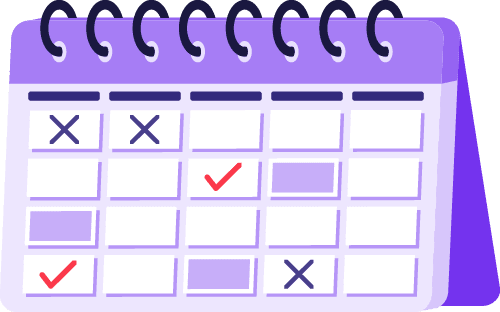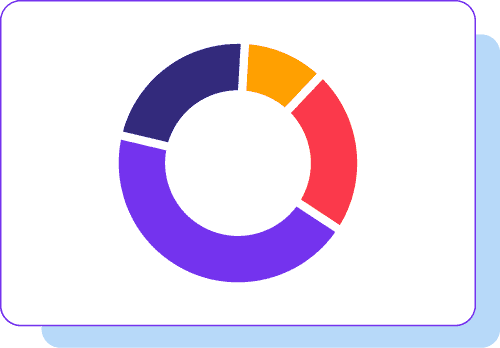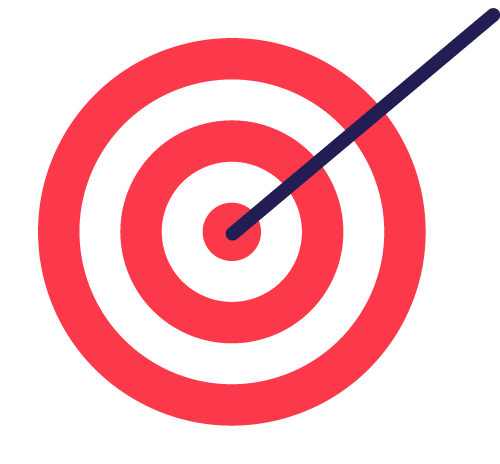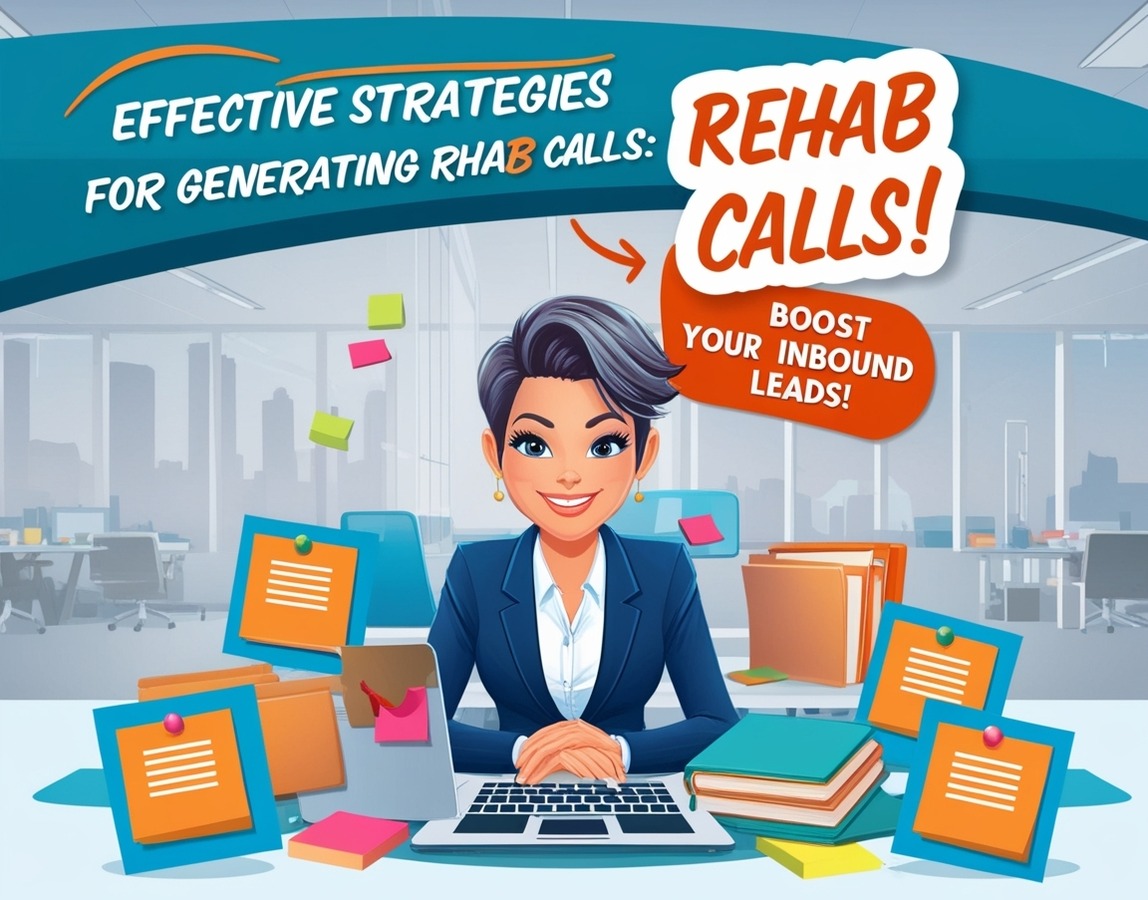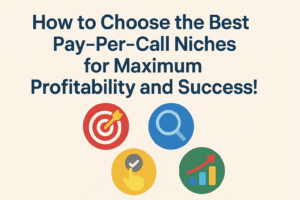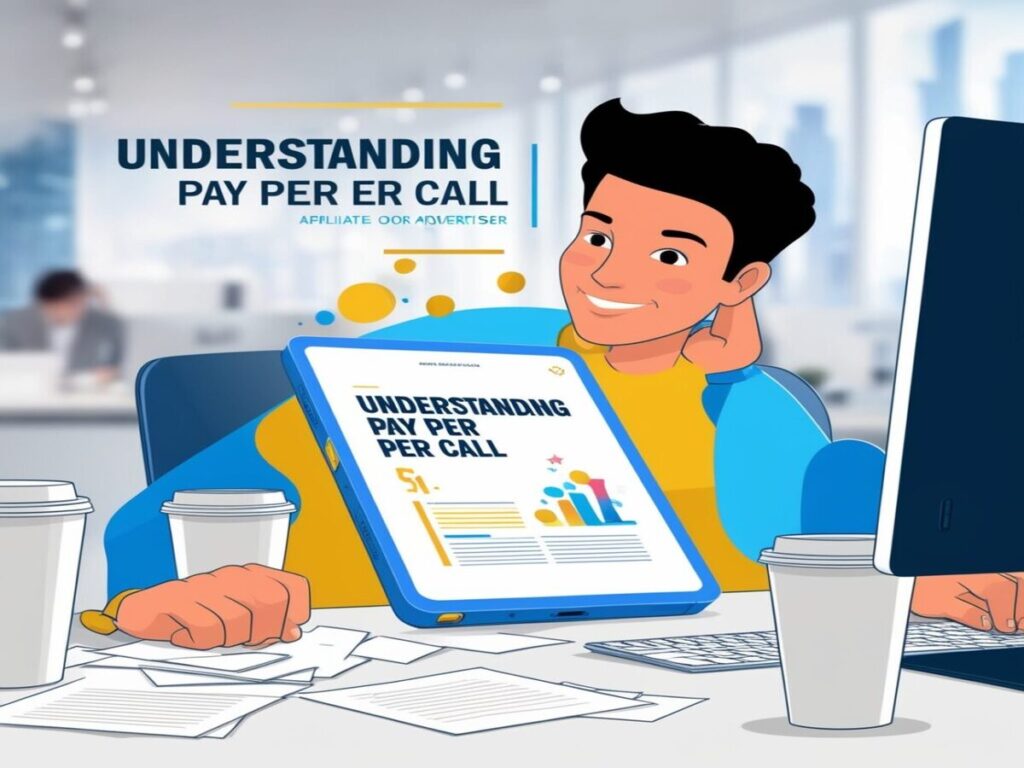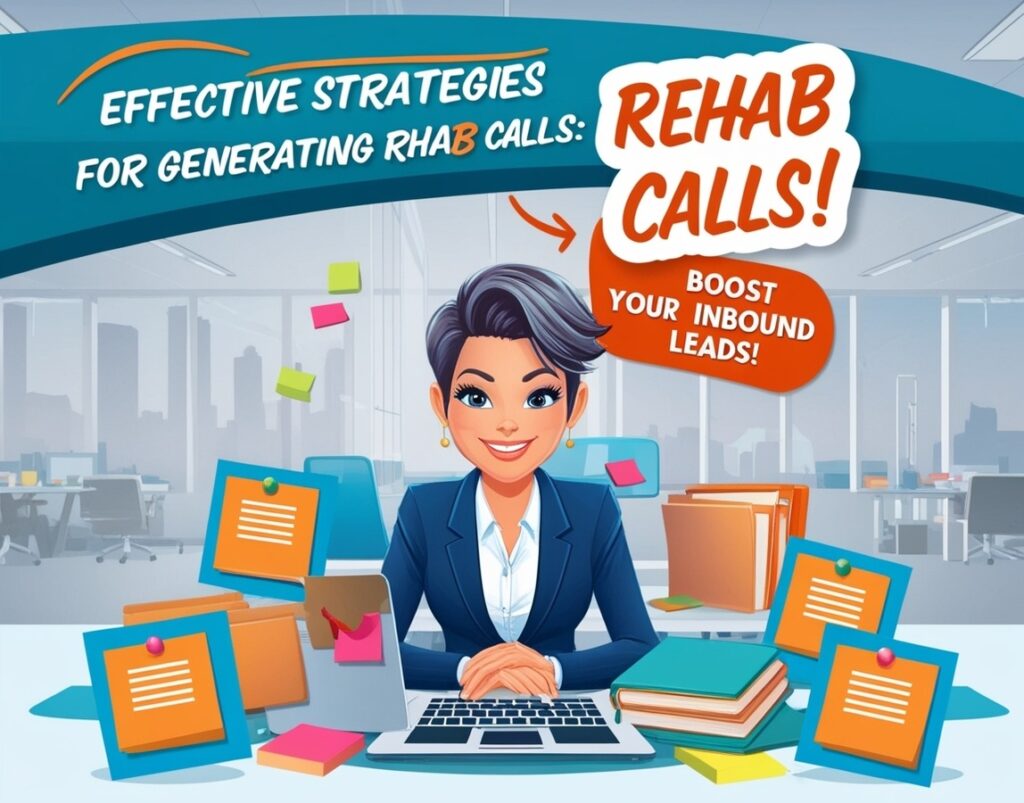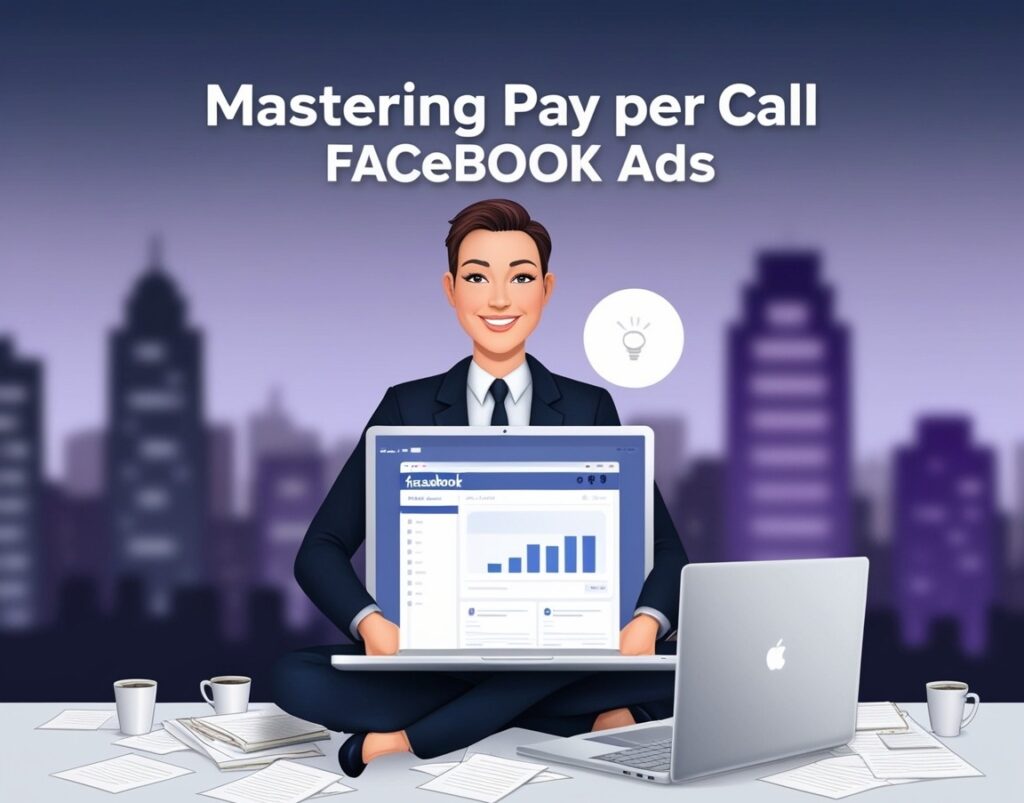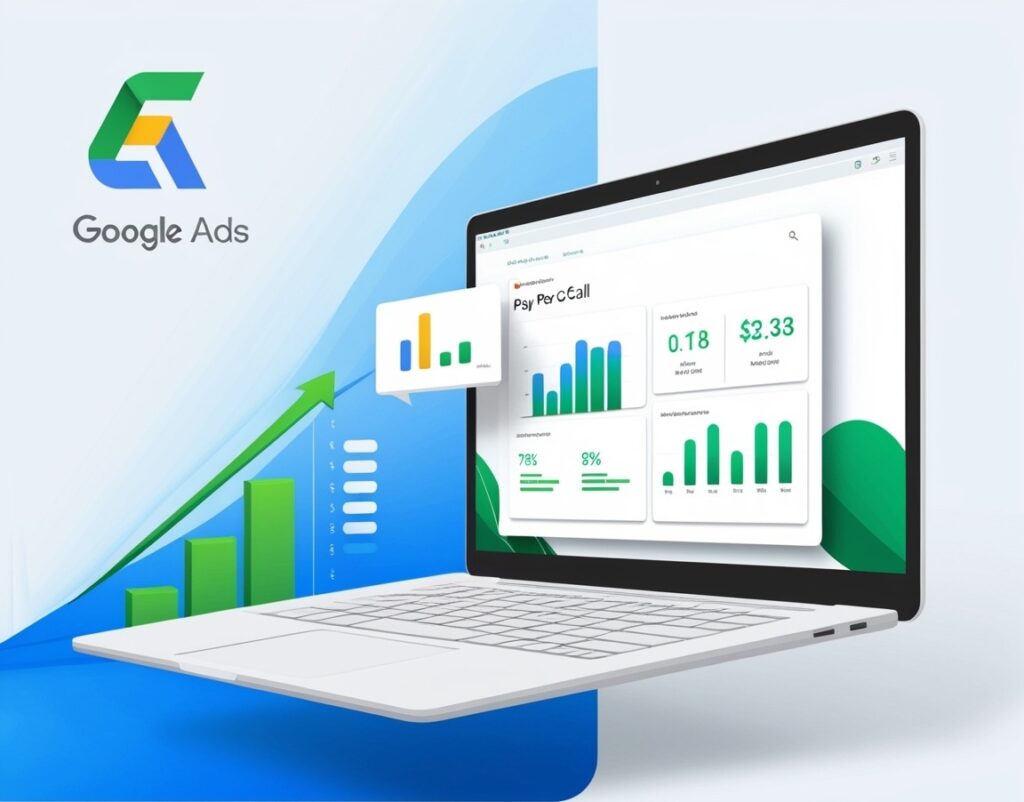Generating calls for rehab centers is vital to connecting individuals in need with the right treatment options. With competition in the healthcare space growing, implementing effective strategies to drive inbound rehab calls requires a well-rounded, data-driven approach. Whether you’re using digital marketing tools, search engine optimization (SEO), or traditional outreach, the right mix of techniques can dramatically increase call volume and ultimately lead to more admissions. Here’s a detailed guide on what strategies are most effective for generating rehab calls.
1. Leverage Google Ads for High-Intent Keywords
Google Ads, when optimized correctly, can be a highly effective way to drive calls to your rehab center. By targeting high-intent keywords like “rehab center near me” or “drug treatment hotline,” you ensure that your ads are visible to individuals actively searching for immediate help. Use pay-per-call ads to link searchers directly to your intake team, and always include click-to-call options on mobile versions of your ads. Key Tactics:- Focus on location-based targeting to attract local traffic.
- Optimize for mobile users with click-to-call ads.
- Use negative keywords to filter out non-relevant searchers.
- Set up call tracking to measure which ads lead to conversions.
2. Create Compelling Landing Pages
Even if you drive traffic to your site, it won’t convert if your landing page doesn’t instill confidence or inspire immediate action. The goal of a well-designed landing page is to turn a site visitor into a caller. Ensure your page is designed with clear call-to-action (CTA) buttons, such as “Call Now for a Free Consultation” or “Speak to a Specialist Today.” Include testimonials, success stories, and accreditations that showcase your facility’s credibility. Landing Page Best Practices:- Use persuasive CTAs prominently at the top of the page.
- Include phone numbers in bold, visible areas.
- Feature real-life success stories and patient testimonials.
- Simplify the process: one-click to call or fill out a form.
3. Optimize Your Website for Local SEO
Search Engine Optimization (SEO) is a powerful tool for generating organic traffic. For rehab centers, local SEO is crucial, as most patients or their families seek help nearby. To optimize for local searches, focus on ranking for location-specific terms like “rehab centers in [City]” or “drug treatment [State].” Steps to Enhance Local SEO:- Ensure your Google Business Profile is fully optimized, including phone number, address, and hours.
- Encourage satisfied patients to leave Google reviews.
- Include city-specific keywords in your meta descriptions, page titles, and content.
- Build high-quality backlinks from reputable local organizations, such as healthcare directories.
4. Content Marketing & Blogging
Providing valuable, educational content can position your rehab center as an industry leader and build trust with potential clients. Content marketing efforts, such as blogs, guides, or articles, help your website rank higher on Google and increase brand authority. Articles such as “How to Choose a Rehab Center” or “Signs You Need Addiction Treatment” are examples of content that draws people in and encourages them to reach out for help. Content Ideas for Rehab Centers:- Publish articles explaining the treatment process.
- Share client success stories and videos.
- Provide guides on different addiction types (e.g., alcohol, opioids).
- Regularly update content with the latest rehab statistics or news.
5. Pay-Per-Call Networks
Pay-per-call marketing allows you to pay only for phone calls that come from interested individuals. This performance-based model ensures you are only spending on quality leads. You can work with a pay-per-call network that specializes in healthcare and addiction treatment to help set up campaigns and target specific demographics. Benefits of Pay-Per-Call:- Trackable, measurable results.
- Only pay for qualified, engaged leads.
- Connect with a broader audience through network partners.
6. Social Media Marketing
Social media platforms like Facebook and Instagram can be valuable tools in generating calls, especially when targeting specific demographics with paid ads. Focus on creating supportive, empathetic messaging that encourages individuals or family members to reach out for help. Social Media Strategies:- Run paid ads targeting individuals interested in addiction recovery.
- Post success stories and behind-the-scenes content to build trust.
- Use Facebook lead forms for direct contact with prospects.
7. Utilize Referral Partnerships
Building referral partnerships with healthcare providers, therapists, and community organizations can be a great way to get more inbound calls. Many individuals trust their primary care providers when seeking addiction treatment, so having your rehab facility as a recommended option can drive calls from reliable sources. How to Build Partnerships:- Network with local doctors, hospitals, and therapists.
- Attend community outreach events or health fairs.
- Offer referral incentives to partners.
8. Use Call Tracking and Analytics
No matter what strategies you use, you must track their effectiveness. Call tracking allows you to measure which marketing channels are driving the most phone calls. This data can help you refine your strategies, focusing on the most successful ones while cutting back on underperforming campaigns. Key Call Tracking Metrics:- Call volume by source (Google Ads, social media, organic traffic).
- Call conversion rates (calls that lead to admission).
- Time of day or week when most calls are generated.
9. Email Marketing Campaigns
Sending targeted, personalized emails to individuals who have shown interest in your services can also generate rehab calls. Whether they’ve visited your website, downloaded a guide, or filled out a form, nurture these leads by sending them follow-up emails with actionable steps on how to get help. Email Campaign Tips:- Segment your list for more personalized outreach.
- Include a direct call button in the email.
- Follow up with supportive, non-intrusive messaging.




